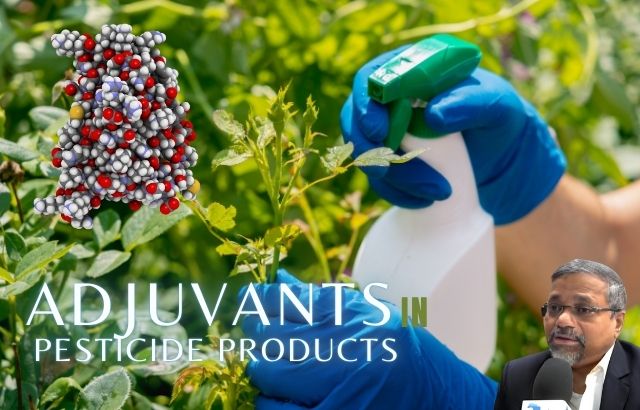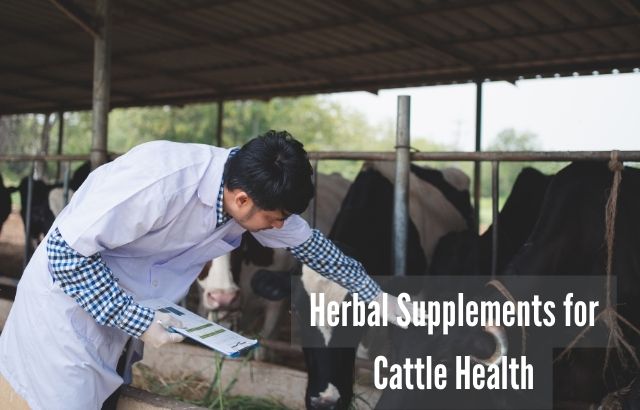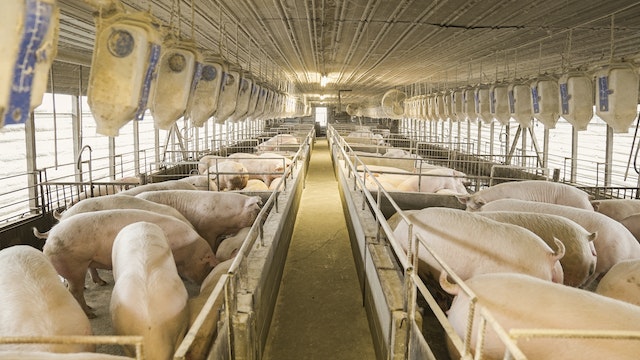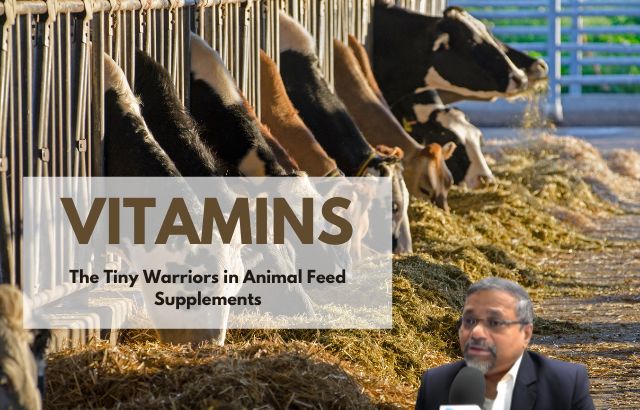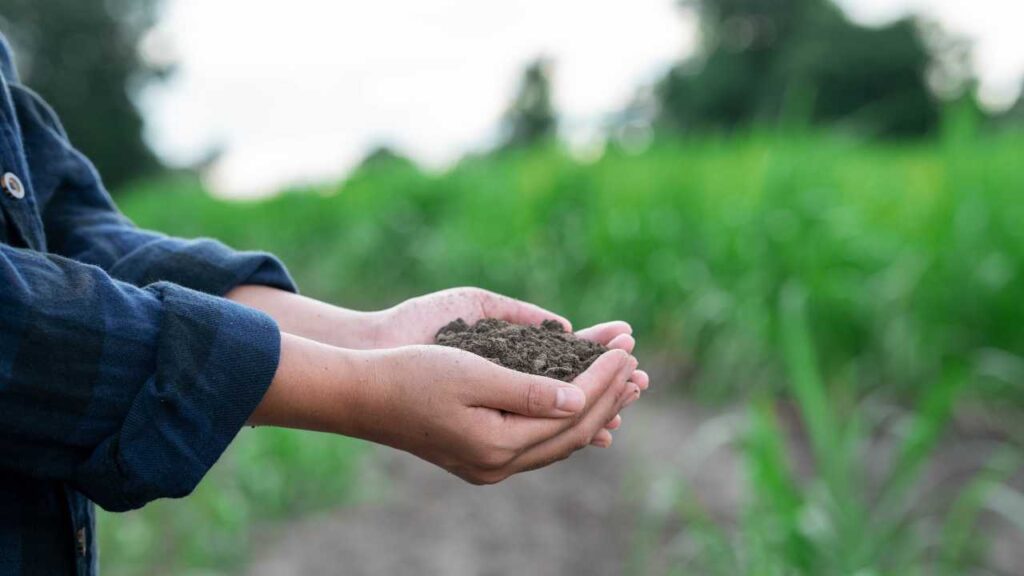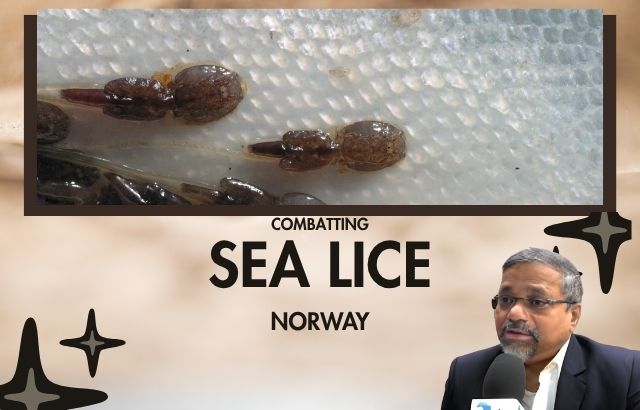In the quest for sustainable agriculture, green surfactants are emerging as game-changers, particularly in enhancing the effectiveness of pesticides, herbicides, and fertilizers. These bio-based agents not only improve the performance of agricultural chemicals but also promote environmental sustainability. Let’s delve into how green surfactants are making a significant impact and explore some calculations that demonstrate their benefits.
What Are Green Surfactants?
Green surfactants are eco-friendly alternatives to traditional surfactants derived from petroleum. They are made from renewable resources, making them biodegradable and less toxic to the environment. By improving the wetting, spreading, and adherence of agricultural products to plant surfaces, these surfactants enhance the efficacy of herbicides and pesticides, ultimately leading to better crop management.
The Benefits of Bio-Based Surfactants
Imagine applying an herbicide that adheres better to plant leaves, resulting in improved weed control and reduced need for excessive chemical applications. This is where bio-based surfactants shine. Let’s take a closer look at a practical example to understand the calculations behind their effectiveness.
A Case Study: Improving Herbicide Efficacy

Formulation Overview
Consider an agricultural formulation of an herbicide mixed with a bio-based surfactant. Here are the key details:
- Total Volume of Herbicide Solution: 200 L
- Desired Surfactant Concentration: 0.5% w/v
- Cost of Bio-Based Surfactant: $60/kg
- Initial Herbicide Efficacy (without surfactant): 60%
- Expected Efficacy with Surfactant: 80%
Calculating the Surfactant Needed
To determine how much surfactant is required, we calculate:
Amount of Surfactant=0.5%×200 L=1 kg\text{Amount of Surfactant} = 0.5\% \times 200\,L = 1\,kg
Cost Analysis
Now, let’s look at the cost involved:
Cost of Surfactant=1 kg×$60/kg=$60\text{Cost of Surfactant} = 1\,kg \times \$60/kg = \$60
Efficacy Improvement
By adding the surfactant, we can expect an increase in herbicide efficacy:
Improvement=80%−60%=20%\text{Improvement} = 80\% – 60\% = 20\%
Reducing Herbicide Application
An increase in efficacy allows farmers to use less herbicide. If the standard application rate without surfactant is 5 L/ha, the new rate becomes:
New Application Rate=5 L/ha×60%80%=3.75 L/ha\text{New Application Rate} = \frac{5\,L/ha \times 60\%}{80\%} = 3.75\,L/ha
This results in a reduction of:
Reduction=5 L/ha−3.75 L/ha=1.25 L/ha\text{Reduction} = 5\,L/ha – 3.75\,L/ha = 1.25\,L/ha
Environmental Impact
Over a 10-hectare field, this reduction adds up:
Total Reduction=1.25 L/ha×10 ha=12.5 L\text{Total Reduction} = 1.25\,L/ha \times 10\,ha = 12.5\,L
By utilizing the surfactant, farmers can significantly decrease the total volume of herbicide used, promoting a healthier ecosystem.
FAQ on Green Surfactants in Agriculture

1. What are green surfactants made from?
Green surfactants are made from natural, renewable resources such as plant oils, sugars, and fatty acids. Examples include fatty acid-based surfactants, sugar-based surfactants, lecithin, and saponins.
2. How do green surfactants benefit the environment?
Green surfactants are biodegradable, non-toxic, and have a lower environmental impact than synthetic alternatives. They reduce soil and water contamination, protect beneficial insects, and help maintain biodiversity on farms.
3. Can green surfactants improve crop yields?
Yes! Green surfactants enhance the efficiency of pesticides, fertilizers, and other crop inputs, leading to improved nutrient absorption, better pest control, and ultimately, higher crop yields.
4. Are green surfactants more expensive than traditional ones?
While the initial cost of green surfactants may be higher, their effectiveness often means that lower quantities are needed for the same result, which can offset the price difference. Moreover, their environmental benefits and compliance with sustainability standards can be an added value for farmers.
5. Are green surfactants safe for organic farming?
Yes, many green surfactants are derived from natural sources and are certified for use in organic farming. They provide a sustainable and eco-friendly alternative to conventional chemicals.
6. Can green surfactants be used with all types of pesticides and fertilizers?
Green surfactants can be used with a variety of agricultural products, but compatibility depends on the specific formulation. It’s important to ensure that the surfactant is suitable for the particular pesticide or fertilizer being used.
Conclusion
The integration of green surfactants in agricultural formulations represents a crucial step towards sustainable farming. Not only do they enhance the efficacy of herbicides and pesticides, but they also reduce chemical usage and lower environmental impact. With calculated benefits—like improved efficacy and reduced application rates—green surfactants are paving the way for a greener, more efficient agricultural future.
By embracing these innovative solutions, farmers can contribute to a more sustainable food system while maintaining effective pest control. The future of agriculture looks bright with green surfactants leading the charge!
If you’re interested in learning more about sustainable agriculture or have any questions about green surfactants, feel free to reach out!



